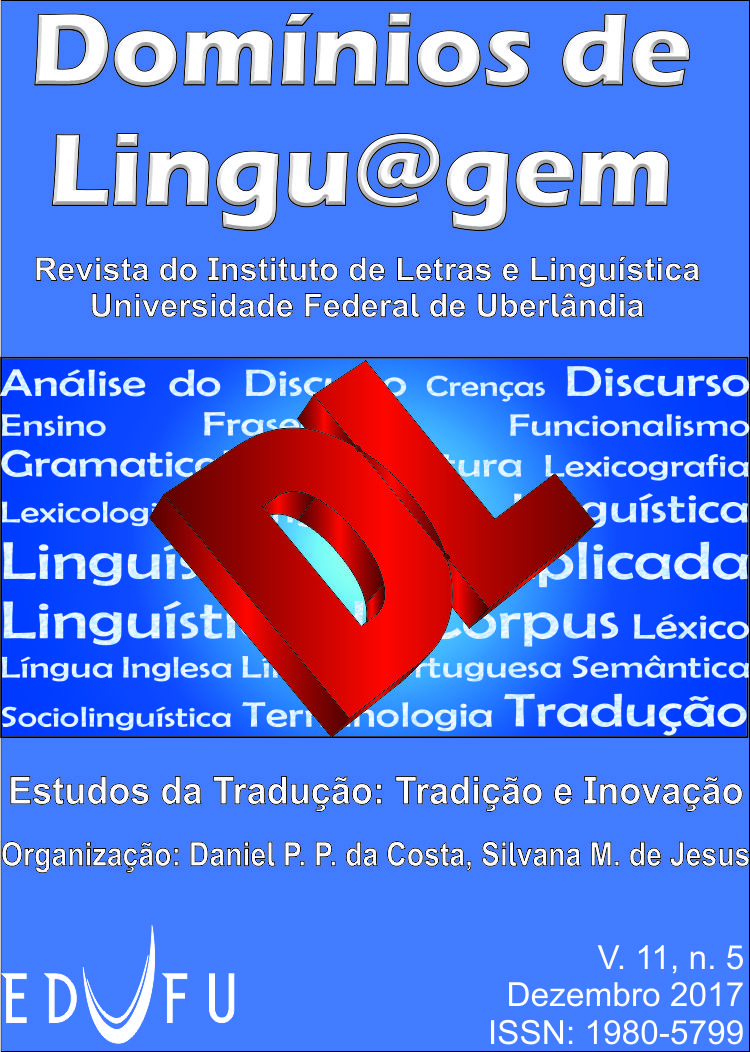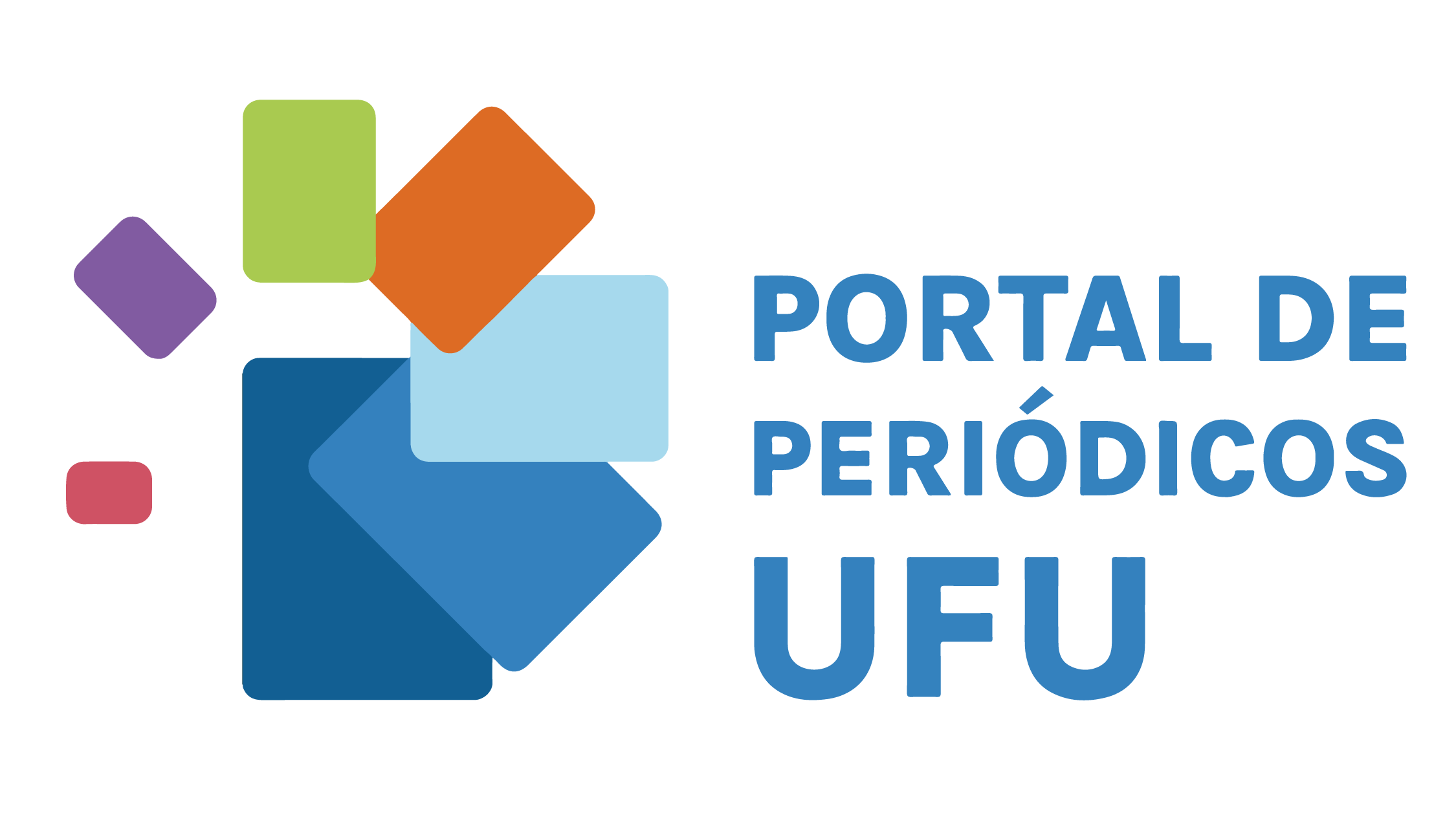Technologies and translation training
DOI:
https://doi.org/10.14393/DL32-v11n5a2017-20Keywords:
Translation Memory Systems, Action-research, Semiautomation, Translation technologiesAbstract
Translation memory systems and new machine translation applications have become part of the work routine of translators working with specialized texts and who provide services to the localization industry. The integration of these technologies has been promoting changes in university translation training programs, which are gradually reviewing their curricula to include tool training. This paper reports on the results of two studies carried out at two undergraduate translation programs from two Brazilian public universities. The results point to the importance of including, in translation classes, discussions that encourage the development of a critical eye on the tools used by translators, so that they may learn to value their role as negotiators of meanings in each and every work of translation.Downloads
Metrics
References
ALVES, F. Ritmo cognitivo, meta-função e experiência: parâmetros de análise processual no desempenho de tradutores novatos e experientes. In: ALVES, F.; MAGALHÃES, C. M.; PAGANO, A. S. (Org.). Competência em tradução: cognição e discurso. Belo Horizonte: Ed. UFMG, 2005, p. 109-169.
BIAU GIL, J. R.; PYM, A. Technology and translation (a pedagogical overview). In: PYM, A., A., PEREKRESTENKO, A., STARINK, B. Translation technology and its teaching. Tarragona. Disponível em: http://isg.urv.es/publicity/isg/publications/technology_2006/index.htm. Acesso em: 22 nov. 2016.
BOWKER, L. Productivity vs. quality: a pilot study on the impact of translation memory systems. Localisation Focus, Limerick, 2005, v. 4, n. 1, p. 13-20.
______. Computer-aided Translation: Translator Training. In: SIN-WAI, C. (Ed.) Routledge encyclopedia of translation technology. London: Routledge, 2015, p. 88-104.
CHESTERMAN, A.; WILLIAMS, J. The map: a beginner’s guide to doing research in translation studies. Manchester: St. Jerome, 2002. 149p.
CHRISTENSEN, T. P.; SCHJOLDAGER, A. Translation-memory (TM) research: What do we know and how do we know it? Hermes, Aarhus, v. 44, p. 1-13, 2010.
COLOMINAS, C. Towards chunk-based translation memories. Babel, Amsterdam, v. 54, n. 4, p. 343-354, 2008. https://doi.org/10.1075/babel.54.4.03col
DECLERCQ, C. Editing in translation technology. In: SIN-WAI, C. (Ed.) Routledge encyclopedia of translation technology. London: Routledge, 2015, p. 480-493.
DILLON, S., FRASER, J. Translators and TM: An investigation of translators’ perceptions of translation memory adoption. Machine Translation, Dublin, v. 20, n. 2, p. 67-79, 2006. https://doi.org/10.1007/s10590-006-9004-8
DRAGSTED, B. Computer-aided translation as a distributed cognitive task. Pragmatics & Cognition, Amsterdam, v. 14, n. 2, p. 443-464, 2006. https://doi.org/10.1075/pc.14.2.17dra
______. Segmentation in translation: differences across levels of expertise and difficulty. Target, Amsterdam, n. 17, v. 1, p. 49-70, 2005.
GARCIA, I. The Proper Place of Professionals (and Non-Professionals and Machines in Web Translation). Revista Tradumática, Barcelona, n. 8. 2010. Disponível em: http://revistes.uab.cat/tradumatica/article/view/98. Acesso em: 21 ago. 2016.
______. Beyond translation memory: Computers and the professional translator, JoSTrans – The Journal of Specialised Translation. London, n. 12, p. 199-214, 2009.
KENNY, D. Translation memories and parallel corpora: Challenges for the translation trainer. In: KENNY, D.; RYOU, K. (Eds.) Across Boundaries: International Perspectives on Translation. Cambridge: Cambridge Scholars Publishing, 2007, p. 192-208.
HALE, S.; NAPIER, J. Research methods in interpreting: a practical resource. London: Bloomsbury, 2013.
LAGOUDAKI, E. Translation memory systems: enlightening user’s perspective. London: Imperial College, 2006.
LEBLANC, M. Translators on translation memory (TM): results of an ethnographic study in three translation services and agencies. Translation & Interpreting, Sidney, v. 5, n. 2, p. 1-13, 2013.
MELBY, A. MT+TM+QA: the future is ours. Revista Tradumática, 2006, v. 4. Disponível em: http://www.fti.uab.es/tradumatica/revista/num4/articles/04/04. Acesso em: 21 ago. 2016.
O’BRIEN, S. Eye-tracking and translation memory matches. Perspectives, London, v. 14, n. 3, p. 185-205, 2007.
PACTE. Investigating translation competence: conceptual and methodological issues. Meta, Montréal, v. 50, n. 2, p. 609-619, 2005.
SOMERS, H. Translation memory systems. In: SOMERS, H. (Ed.). Computers and translation: a translator’s guide. Amsterdam: John Benjamins, 2003, p. 31-46. https://doi.org/10.1075/btl.35
STUPIELLO, E. N. A. Ética profissional na tradução assistida por sistemas de memórias. São Paulo: Editora Unesp, 2015. 205p.
______. O texto adaptado à máquina: estratégias de controle autoral para implementação da tradução automática. Estudos Linguísticos, São Paulo, v. 39, p. 696-706, 2010.
Downloads
Published
How to Cite
Issue
Section
License
Authors who publish in this journal agree to the following terms:
Authors retain the copyright and waiver the journal the right of first publication, with the work simultaneously licensed under the Creative Commons Attribution License (CC BY-NC-ND 4.0), allowing the sharing of work with authorship recognition and preventing its commercial use.
Authors are authorized to take additional contracts separately, for non-exclusive distribution of the version of the work published in this journal (publish in institutional repository or as a book chapter), with acknowledgment of authorship and initial publication in this journal.









